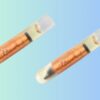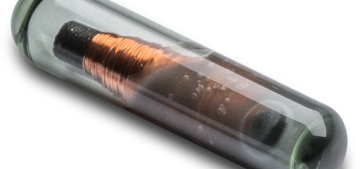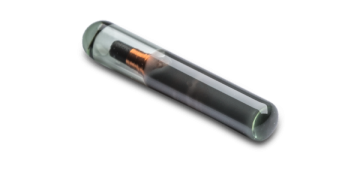Revolutionizing Freshwater Mussel Research with a New PIT Tagging Method
In the world of aquatic conservation and research, freshwater mussels have long been a focal point due to their ecological importance and the challenges they face in an ever-changing environment. Tracking and studying these creatures, however, has presented unique hurdles, primarily due to the difficulties associated with tagging methods. Traditional approaches often involve attaching Passive Integrated Transponder (PIT) tags externally, which can lead to tag loss and impose stress on the mussels. Enter a groundbreaking development by Kendall Moles, who has devised an innovative implanter that fundamentally changes the way freshwater mussels are tagged, promising a brighter future for mussel research and conservation.
Kendall Moles’ Innovative Approach to Mussel Tagging
Kendall Moles’ pioneering method utilizes a specialized implanter designed to deploy PIT tags within the shell of a mussel, along the inside surface. This technique is not only ingenious but also mindful of the well-being of the mussels. By placing the tag internally, it significantly reduces the stress traditionally caused by drying out the mussel and attaching a tag with epoxy on the exterior. Moreover, this method virtually eliminates the risk of tag loss, a common issue with external tagging.
The Science Behind the Method
The secret to the success of this new tagging method lies in the biology of freshwater mussels themselves. Over time, the mussel incorporates the PIT tag into its shell, essentially accepting it as part of its own body. This integration process is fascinating, as it suggests a symbiotic relationship between the technology and the biological growth patterns of the mussels. The tag becomes a permanent part of the mussel’s shell, ensuring that researchers can track and study the mussel throughout its life without the need for re-tagging or causing further disturbance.

Advantages Over Traditional Tagging Methods
This novel approach offers several key advantages that stand to revolutionize freshwater mussel research:
- Reduced Stress and Harm: By eliminating the need to dry and externally attach the tag, mussels undergo significantly less stress, contributing to higher survival and recovery rates post-tagging.
- Decreased Tag Loss: Internal tagging means that PIT tags are far less likely to be lost, providing more reliable data over the long term.
- Long-Term Tracking: As the mussel grows, the tag remains securely within the shell, allowing for continuous tracking and data collection over the mussel’s lifespan.
- Enhanced Data Accuracy: With a reduced risk of tag loss and the ability to track individuals throughout their life, researchers can gather more accurate data on population dynamics, growth rates, and movement patterns.
A Call to Action for Researchers
Kendall Moles’ presentation on this revolutionary mussel tagging method is a beacon for researchers and conservationists seeking more effective ways to study and protect freshwater mussel populations. For those interested in learning more about this technique and its applications, further information and a detailed presentation are available upon request.
Interested parties are encouraged to reach out to Brian Beckley at [email protected] for access to this valuable resource. This new method represents a significant step forward in the field of aquatic research, offering hope for the preservation and understanding of freshwater mussel species, which play a crucial role in maintaining healthy aquatic ecosystems.
In conclusion, the development of this internal PIT tagging method by Kendall Moles is a testament to the power of innovation in overcoming research challenges. By aligning closely with the biological nature of freshwater mussels, this technique not only enhances the welfare of these vital creatures but also opens new avenues for research, promising a deeper understanding of their roles in aquatic environments and how best to protect them for future generations.








Add comment